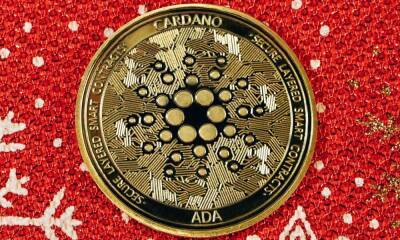How professional Ethereum traders place bullish ETH price bets while limiting losses
Being bullish on Ether (ETH) over the past four months did not pay off as its price dropped 44% from $4,600. The decentralized finance (DeFi) applications growth that fueled the rally faded away, partially due to network congestion and average transaction fees of $30 and higher.
The cool-off period can also be attributed to excessive expectations as the fee burn mechanism implemented in August 2021 with the London hard fork. After drastically reducing the daily net issuance, investors jumped to the conclusion that Ether would become "ultrasound money."
The Ethereum network burned more ETH over the last 24 hours than was issued by both the PoW (eth1) and PoS (eth2) networks.This is the first time this has happened since EIP-1559 went live less than 3 months ago.ETH is ultra sound money
Unfortunately, history shows that "hard money" requires multiple decades of reliable monetary policy. For example, the Euro currency was launched to the public in 2002 despite periods of negative issuing in 2014 and 2019. Yet, its purchasing power has failed to hold ground against hard assets like gold or real estate.
In light of the 4-month prolonged underperformance, one could buy some cheap ultra-bullish call (bull) $4,000 ETH options for May for $68. However, with 75 days left for expiry, odds of a 55% rally from the current $2,570 are slim.
It seems more prudent to bet on a positive price change, but be more selective of your target range. That is precisely how professional traders use the "iron condor" options strategy.
A total of 10.2 million ETH have been staked into the Eth2 (consensus layer) deposit contract and investors seem confident about the proof-of-stake migration. Furthermore, mitigating the Ethereum network's biggest hurdle,
Read more on cointelegraph.com




















